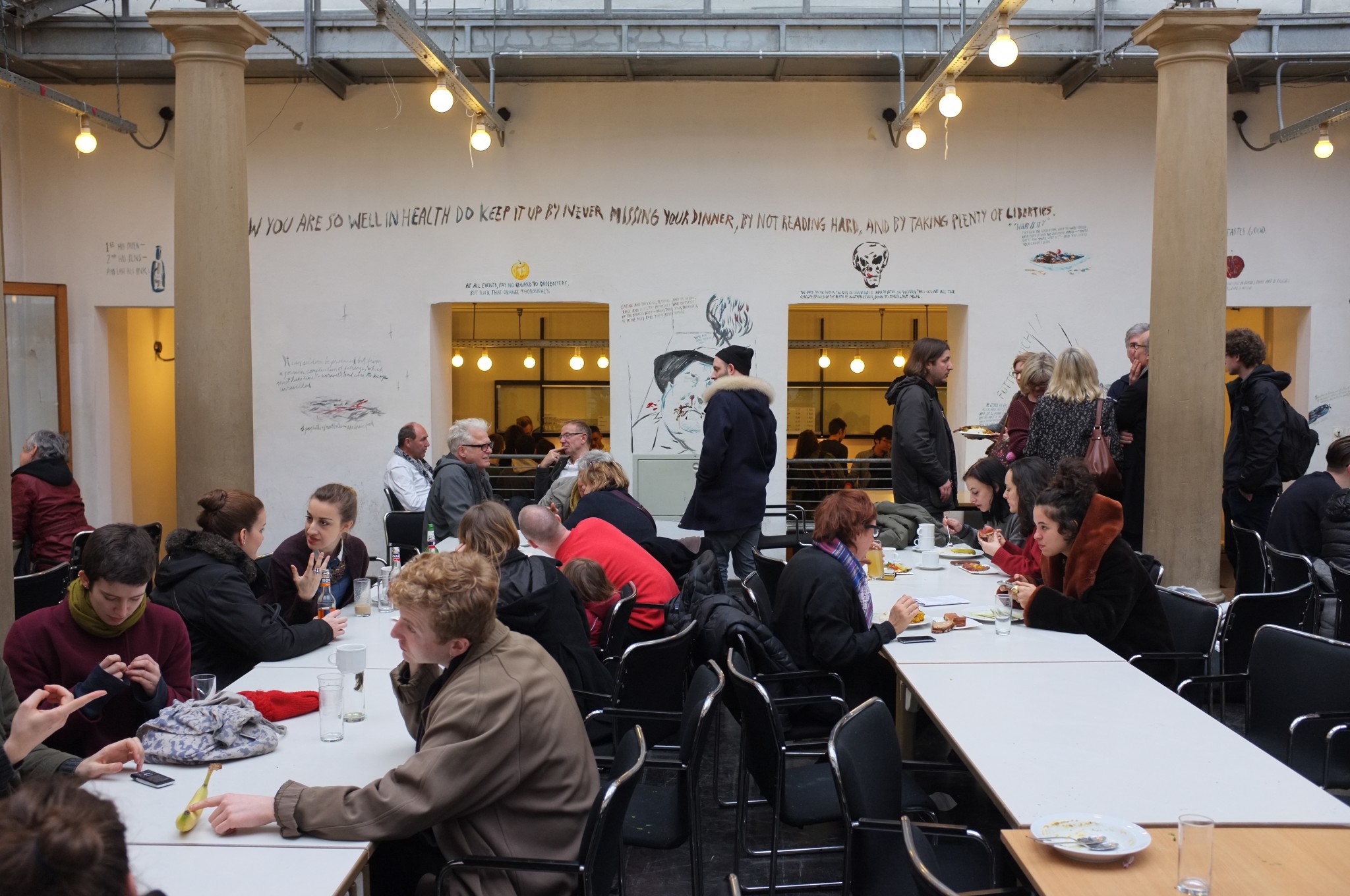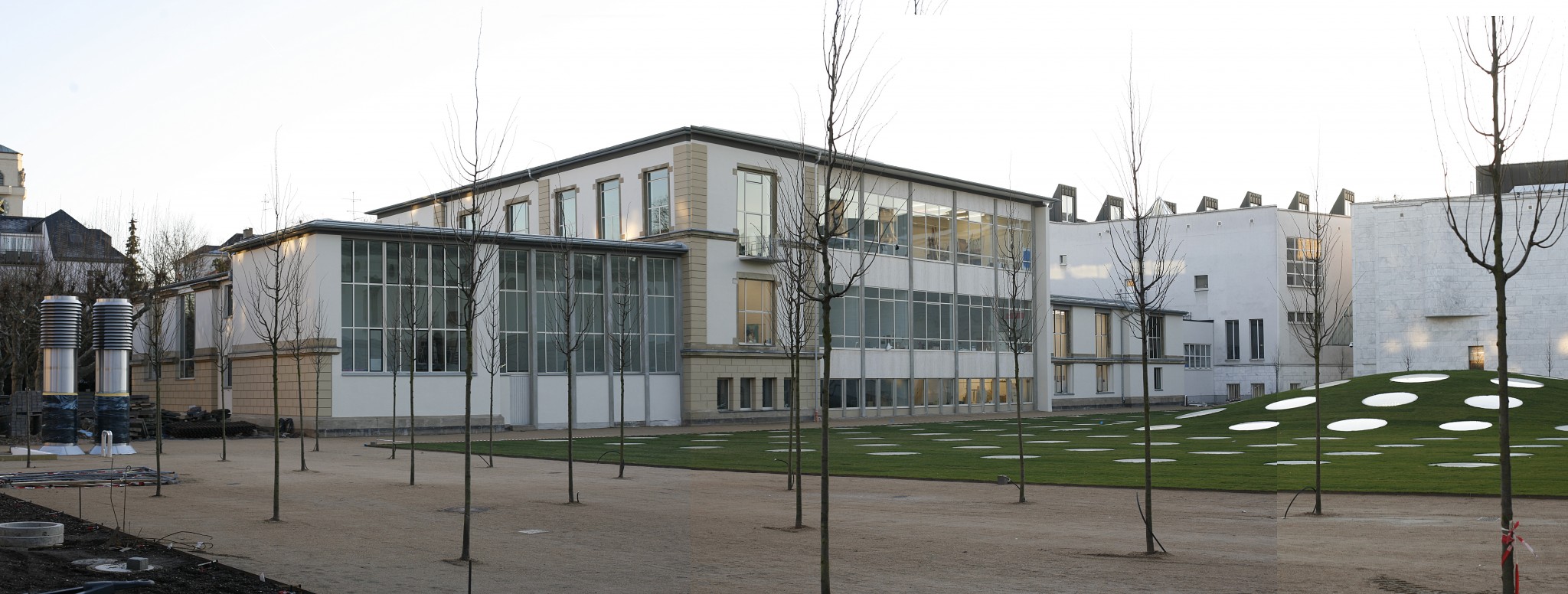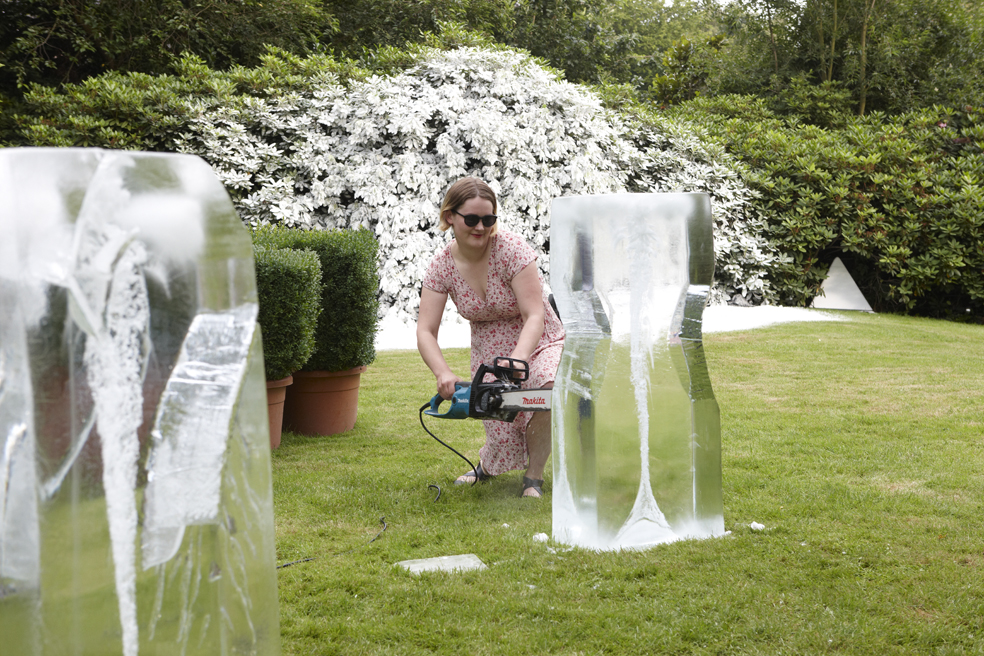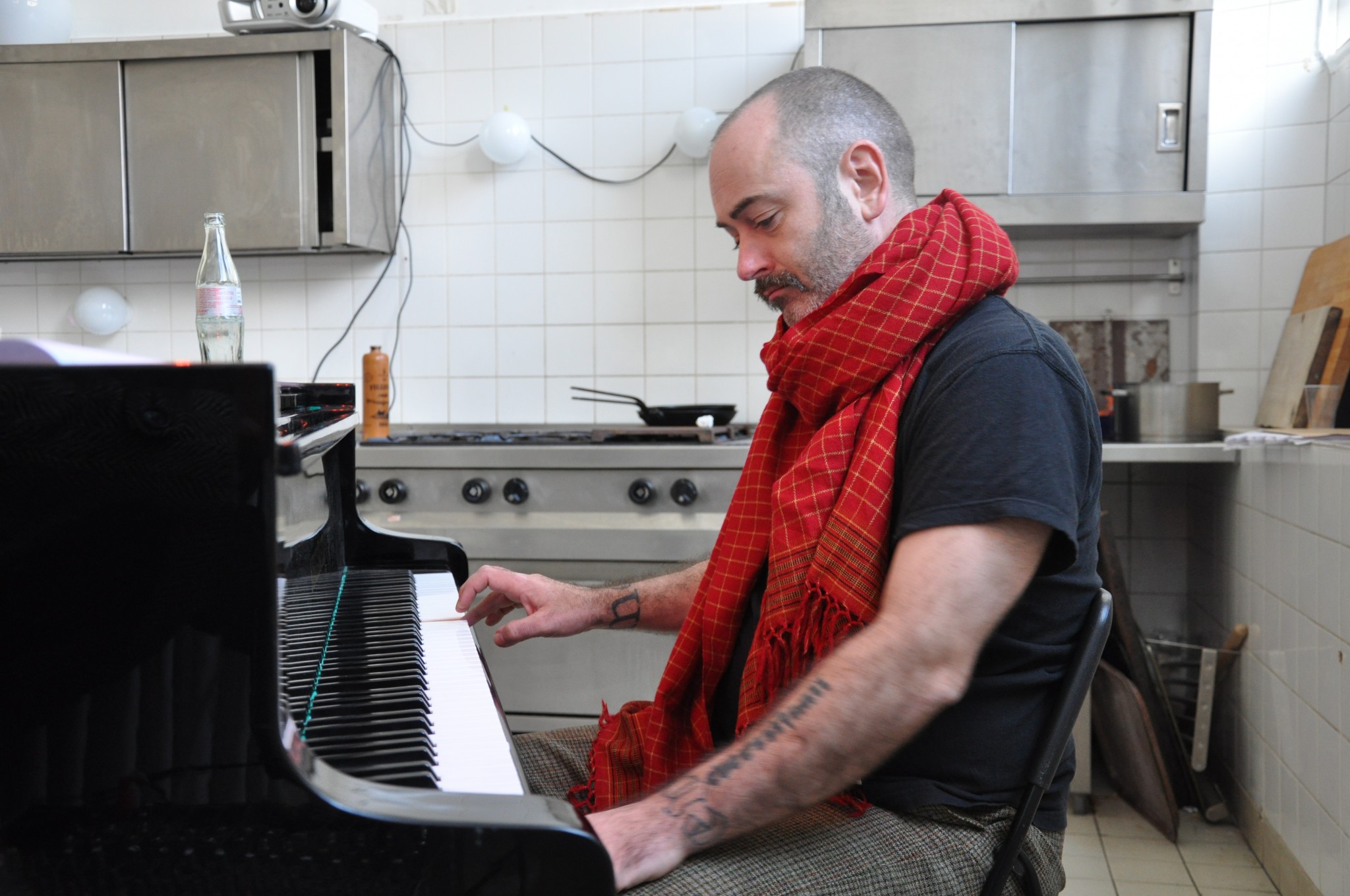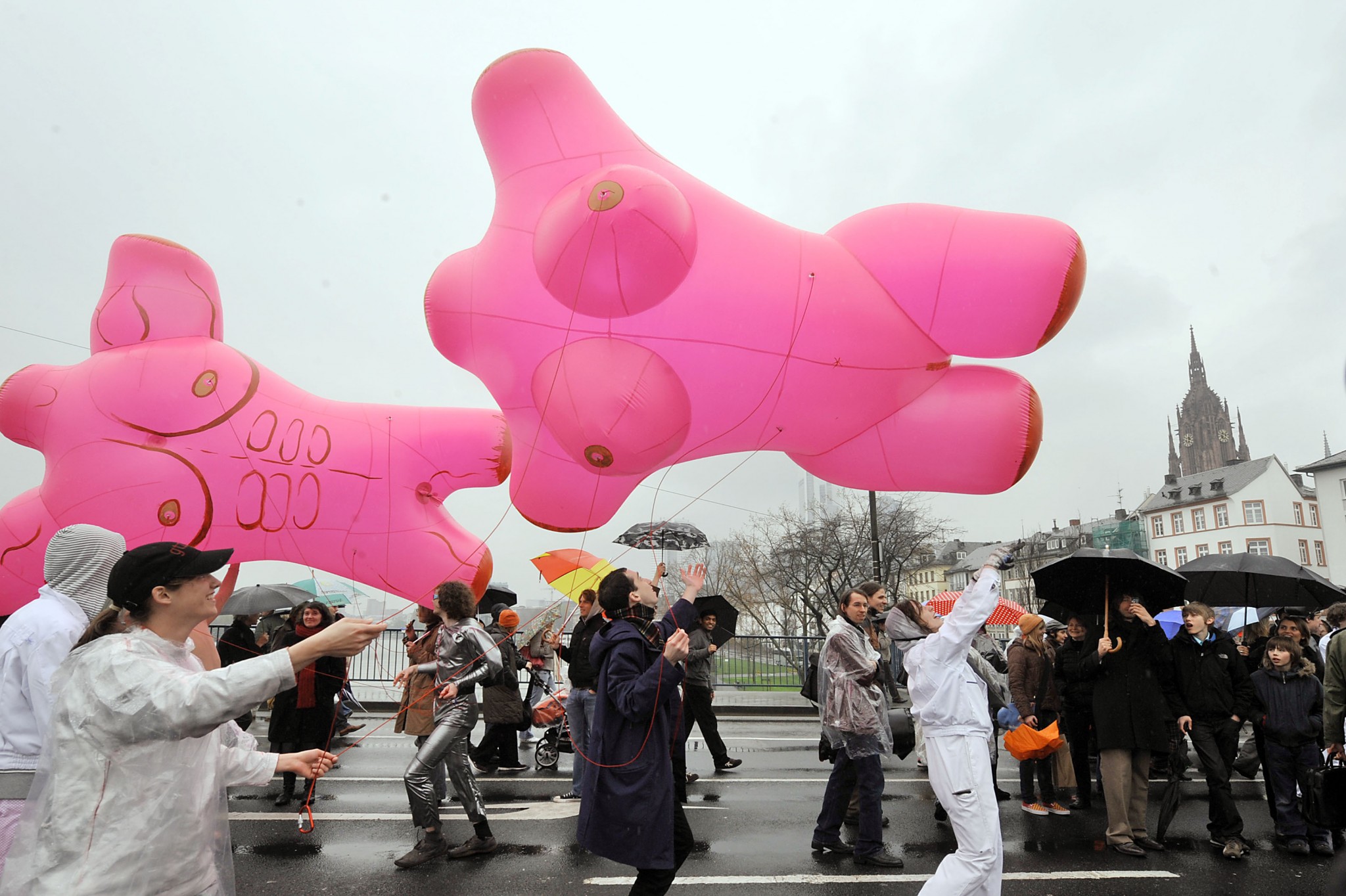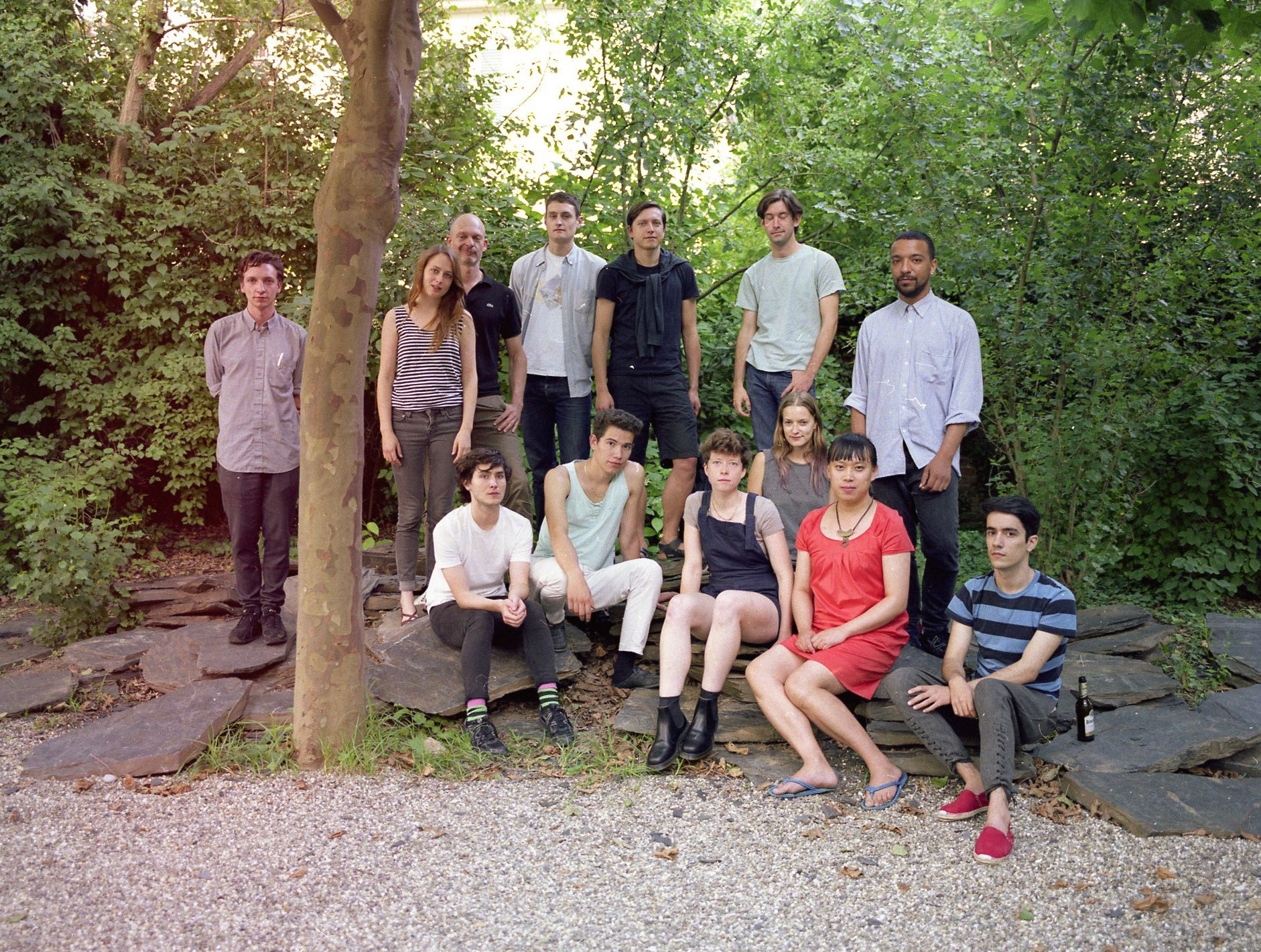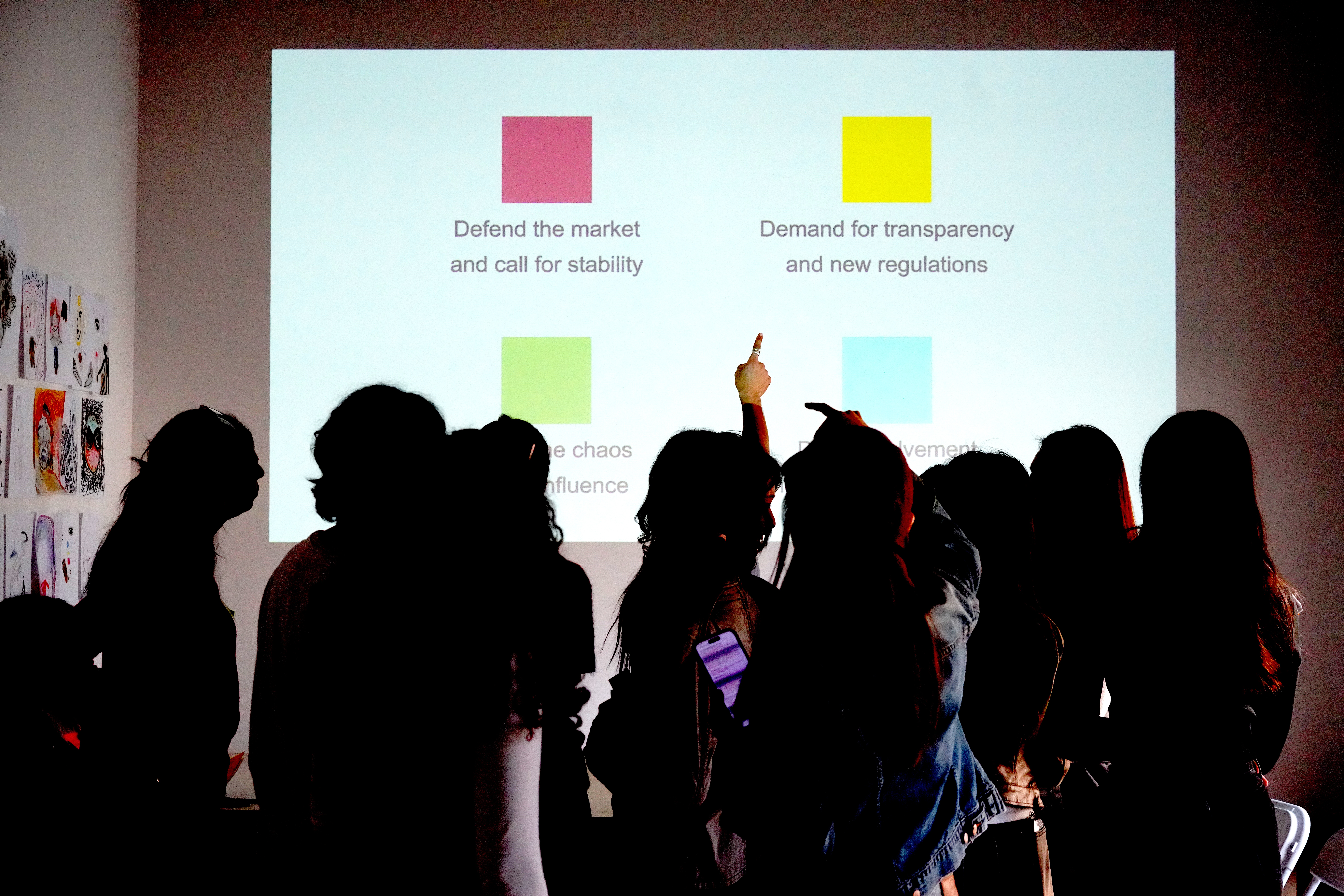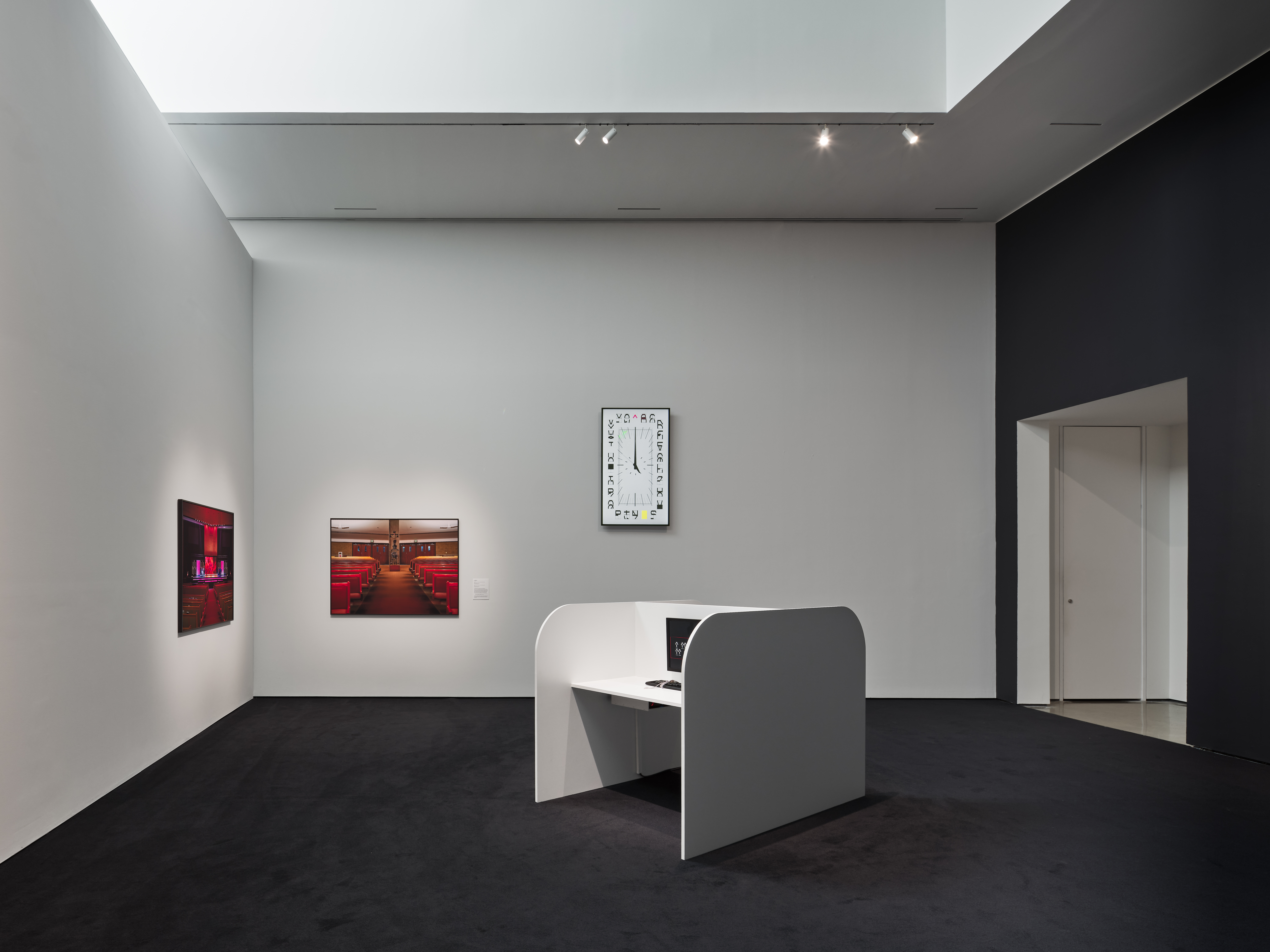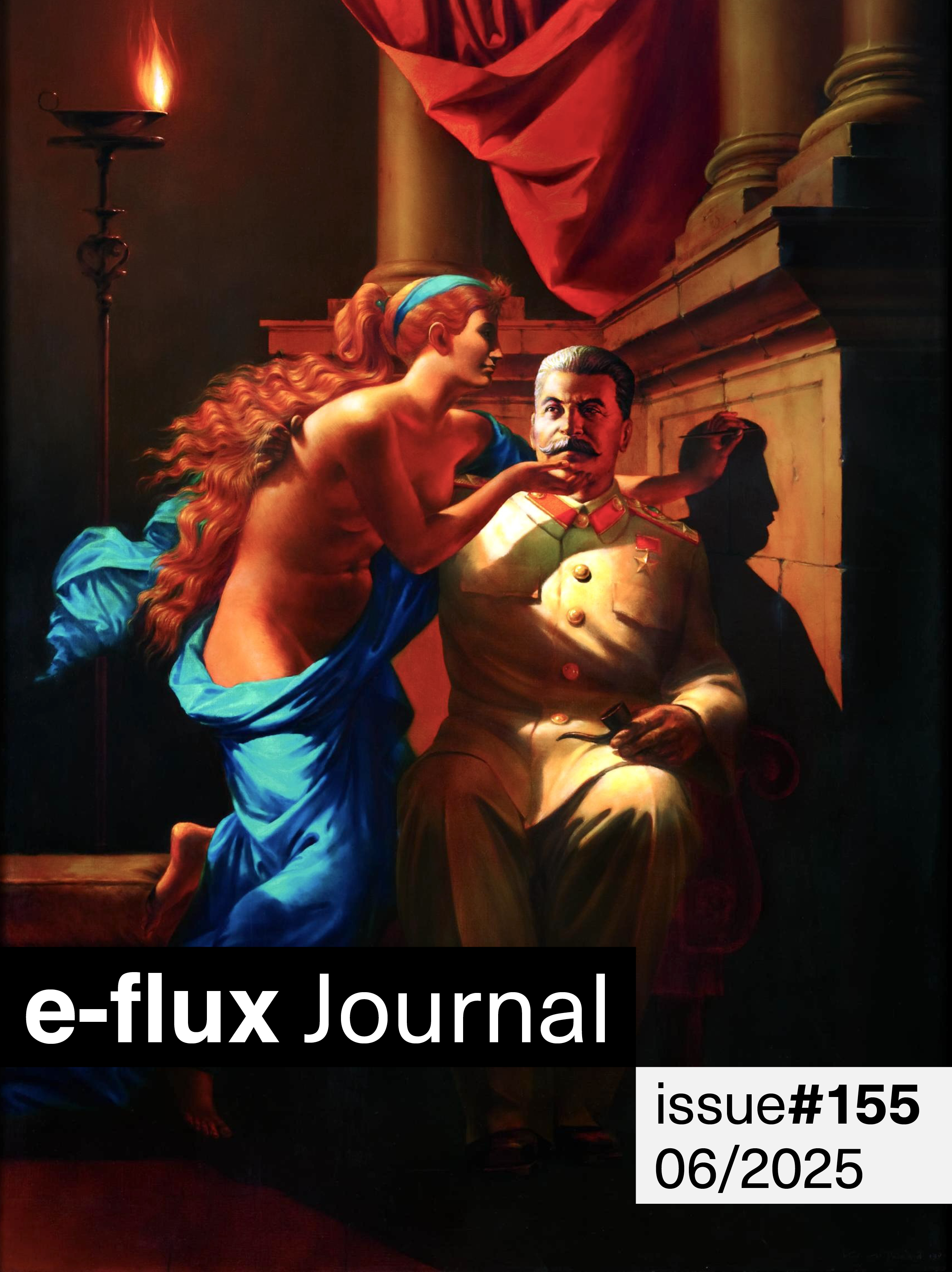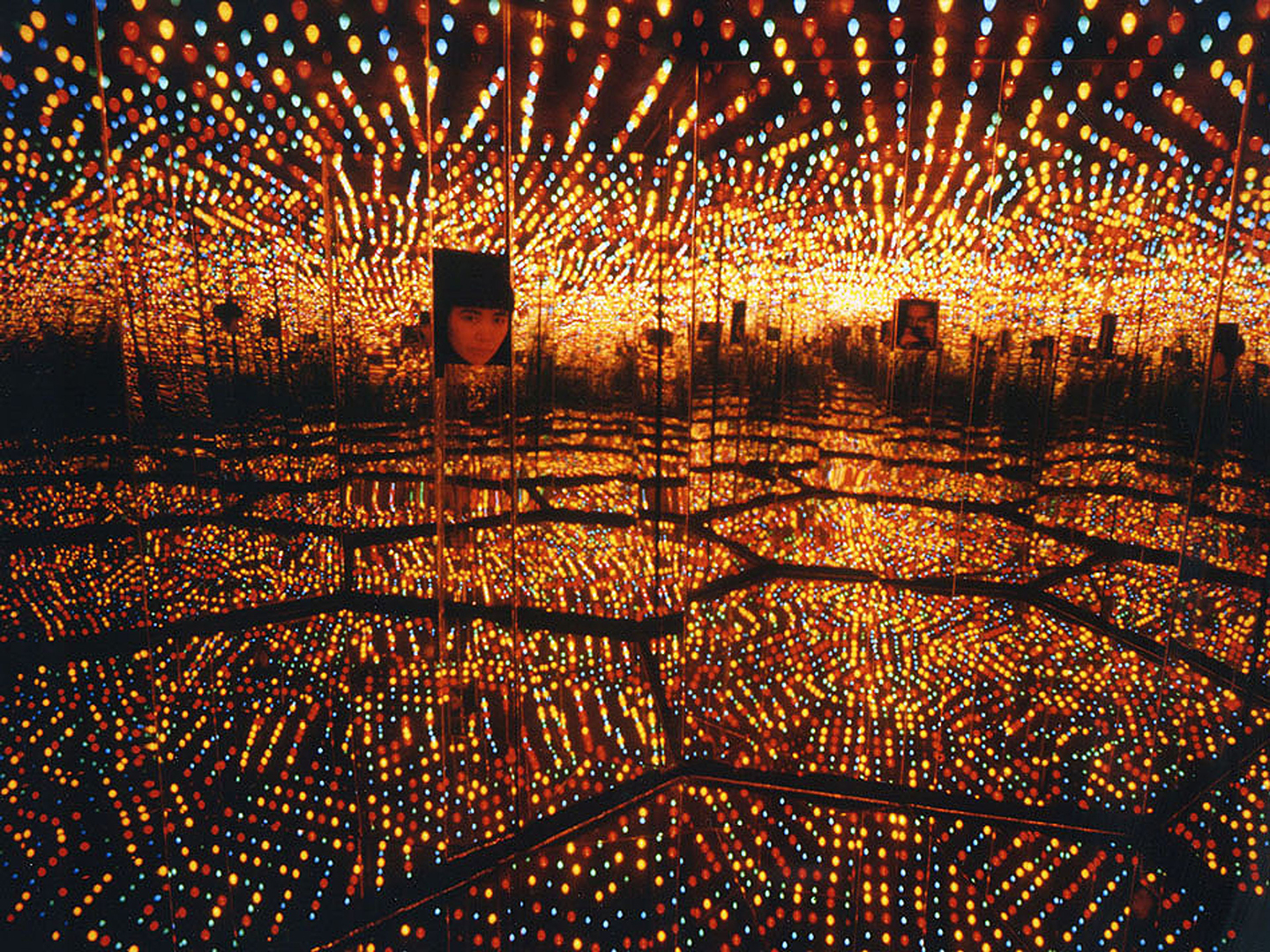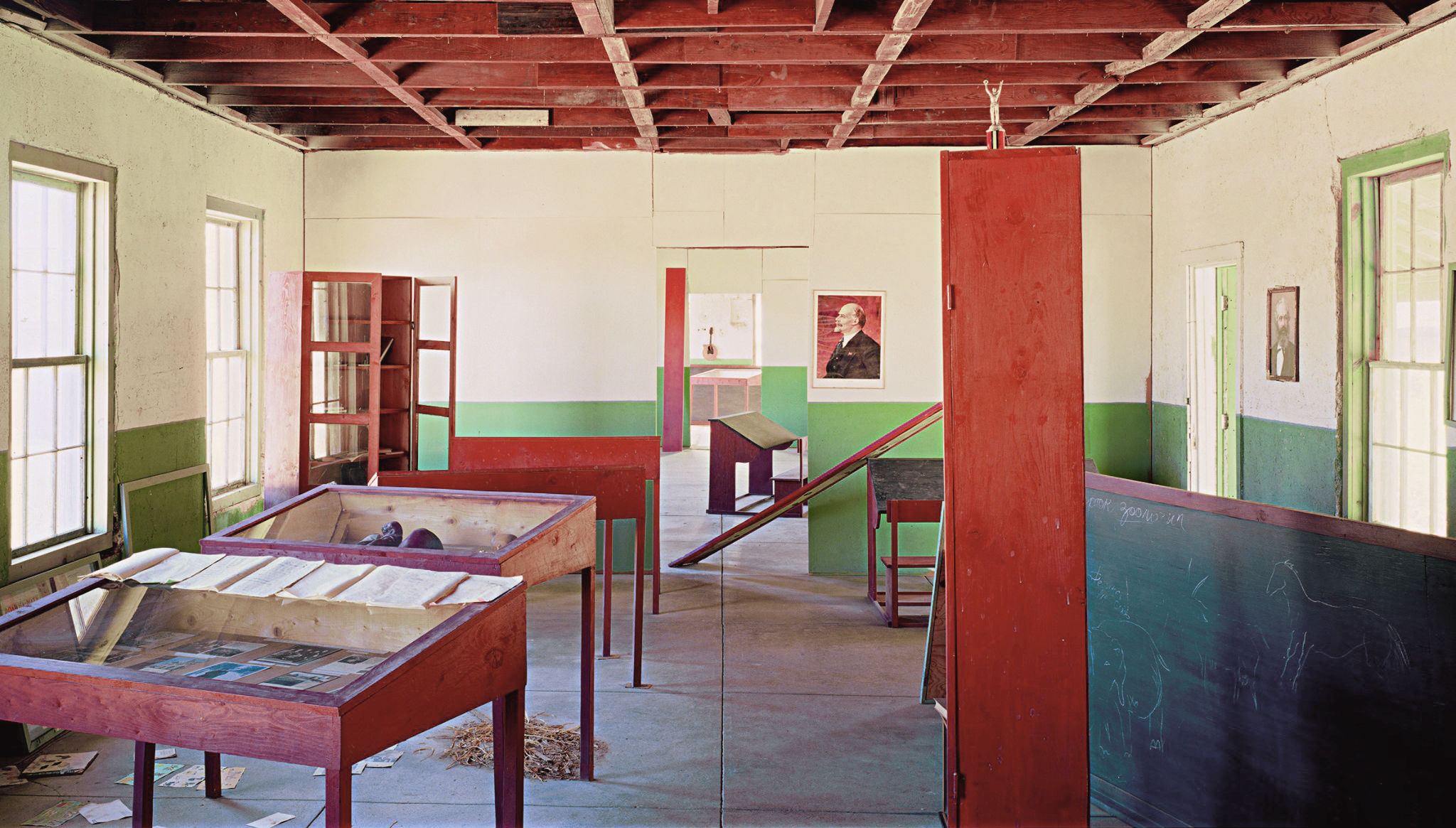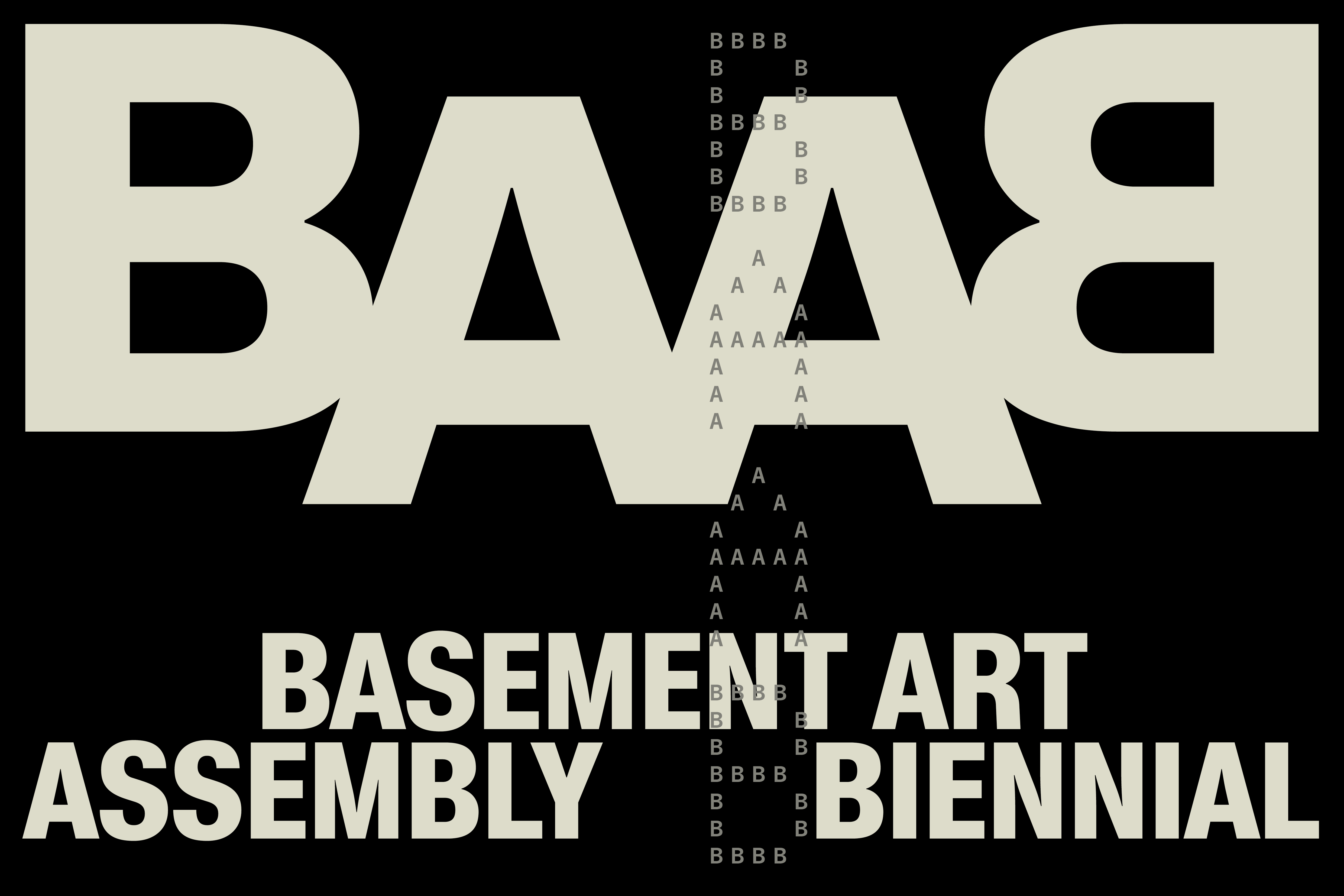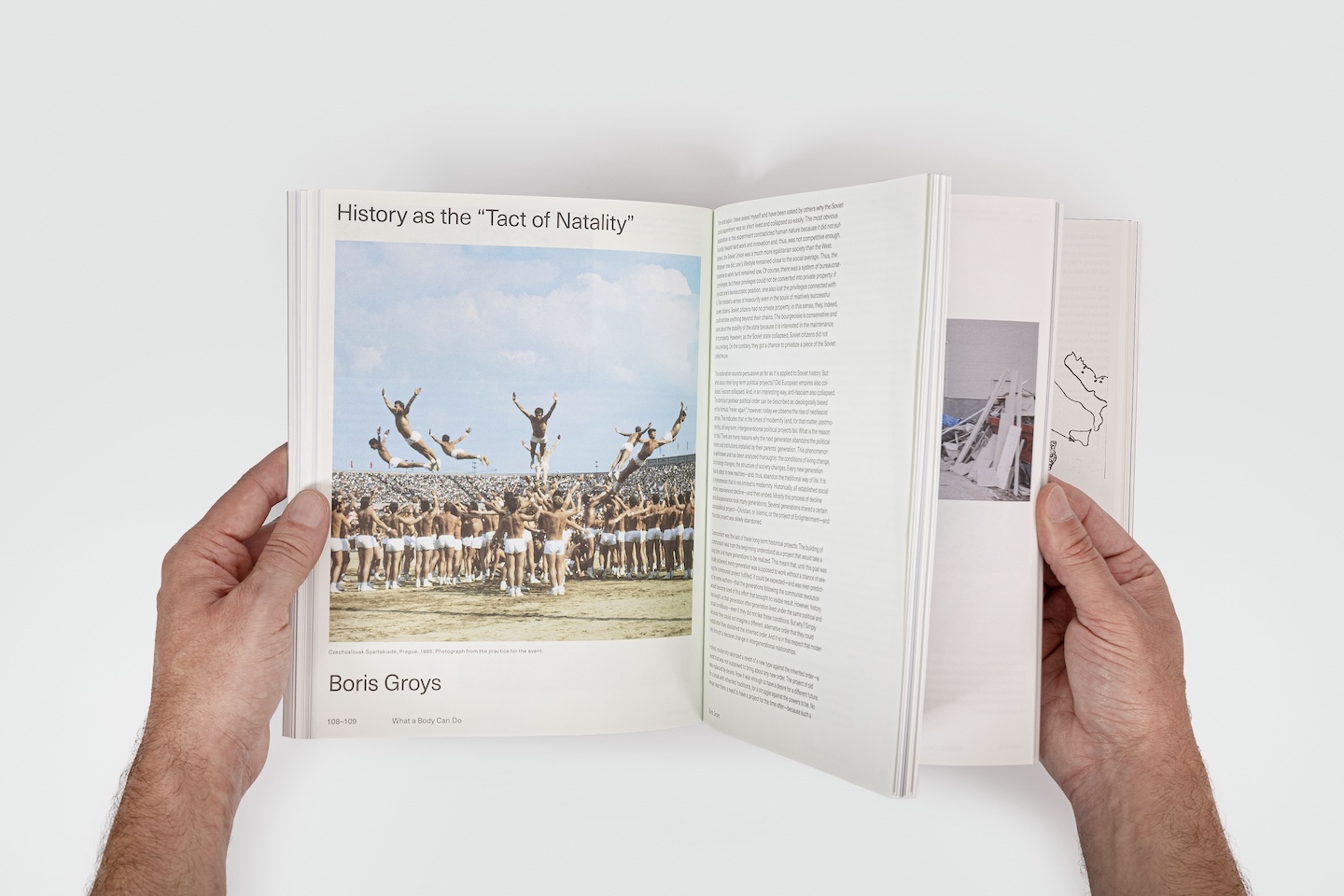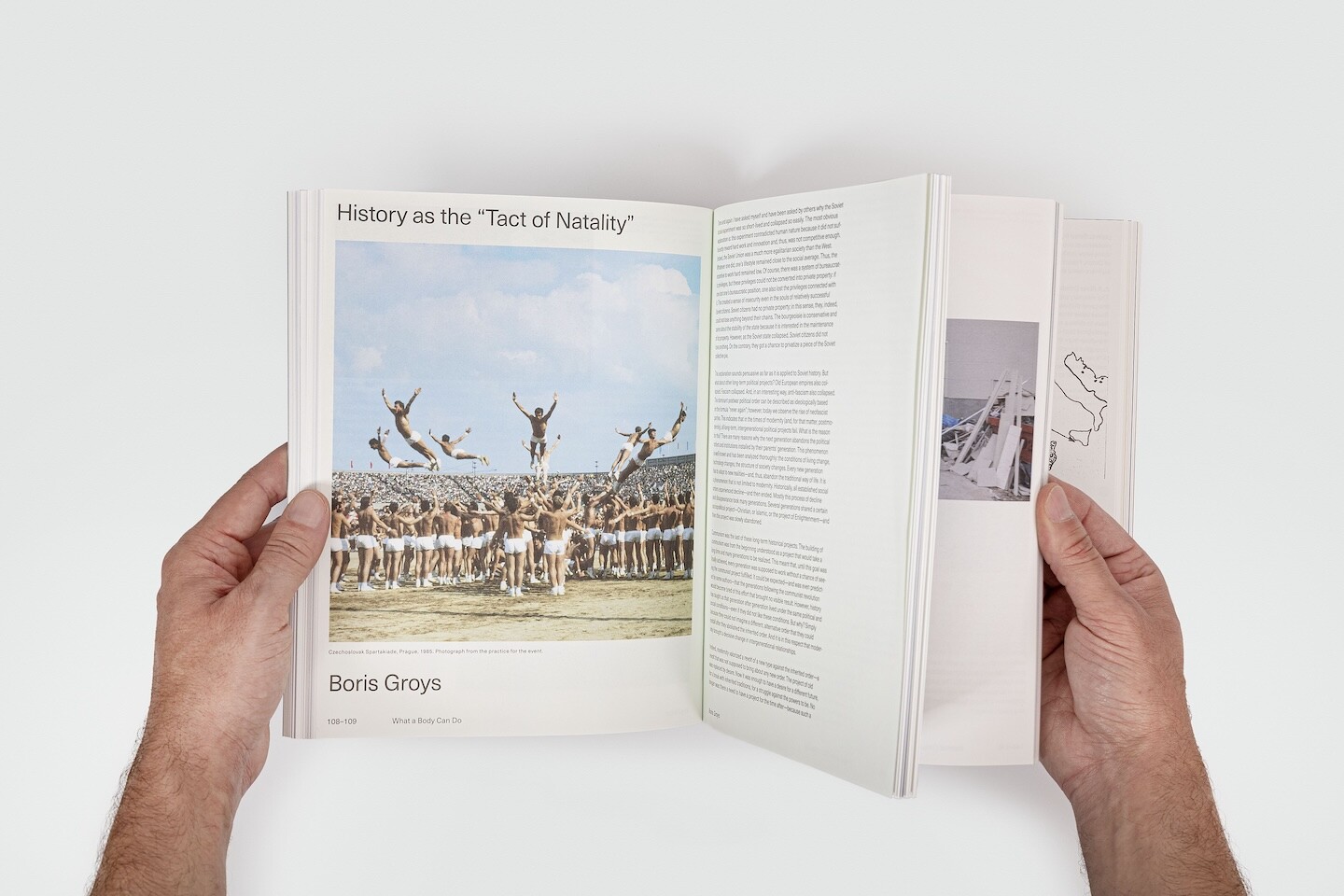http://www.staedelschule.de/
With a clutch of successful and influential artists on staff, and recent alumni conspicuously present in the art world’s exhibition circuits, Frankfurt’s State Academy of Fine Arts, or Städelschule, is considered by many to be one of the best art schools in Europe, if not beyond. But, like the city itself, which boasts a massive international airport and a glittering financial district, but only has a population of seven hundred thousand, the school’s outward success belies its scale. It has only 130 art students (plus fifty architects in the affiliated master’s program) and a core staff of seven full-time professors. Every year, more than seven hundred applications are picked over by the professors, each choosing possible candidates for their individual classes. Only around forty in total are admitted, 60 percent of whom come from outside Germany. Is this highly selective admissions process the key to the school’s shining track record? Or is it rather the high-caliber staff, from Michael Krebber and Douglas Gordon, to the recent appointments of Peter Fischli and Monika Baer, an interim painting professor who will be succeeded in 2015 by Amy Sillman? Maybe the intimate scale itself is the reason, along with the flexible structure of an institution whose private status exempts it from regulatory systems (such as the much-criticized Bologna Accords, devised to standardize higher-education qualifications in Europe, which can turn academies into monsters of bureaucracy). Or do all these things together create the ideal conditions needed for each student to flourish, with just the right balance of critique and opportunity, support and neglect?
If you cross the Holbein footbridge from Frankfurt’s downbeat city center to the other side of the River Main, with its avenues of elegant plane trees, walk past the Städelmuseum’s grand nineteenth-century edifice, and along Dürer Street, you’ll find a weathered brick wall with a discrete iron gate, and behind it the Städelschule. Like the neighboring museum, it too is housed in a somber nineteenth-century sandstone building. Both were founded in 1817, in a bequest left by Frankfurt merchant Johann Friedrich Städel, and are now approaching their bicentennial, but the last twenty-five years of the Städelschule’s history are those most responsible for its current international acclaim and visibility. Given such noisy acclaim, I was taken aback by the eerie silence—interrupted only by the occasional resounding slam of a studio door—that greeted me upon arriving one afternoon in early fall. Not a person was around. “You should visit the Mensa,” advised Philippe Pirotte, the recently appointed rector, when I found him in his office upstairs. Having taken up the position in April 2014, he himself is still something of a newcomer. For the uninitiated, lunch hour at the school’s cafeteria, or Mensa, is indeed the best introduction, as I discovered when having lunch there the next day with artistic coordinator and ex-student Jonas Leihener, a vital cog in the wheels of Städelschule, and an invaluable source of anecdotes and inside information. The dining room was noisy and crowded, its four long tables packed with students, professors, workshop directors, and administrators, as well as Städelmuseum staff and other local business folk, all rubbing shoulders over plates of eggplant with bulgur, or roast beef and potatoes, notoriously good food cooked by Bouhlou, the chef of eighteen years. On the wall above the tables is a line of sardonic advice courtesy of Raymond Pettibon, who visited in the 1990s and left a mural as a remembrance: “Now you are so well in health do keep it up by never missing your dinner, by not reading hard, and by taking plenty of liberties.”
The Mensa is not only a sustainer of health and a source of regular meals. As the school’s social nexus, it seems to sum up the ethos of this loosely structured, intimately scaled organization, where bureaucracy is minimized and the process of learning is more about an eye-level camaraderie between student-artists and professor-artists than the traditional “Master-Student” approach still in place in many other German art academies. It is here in the Mensa that Krebber notoriously holds his class meetings: he hates studio visits. Announcing his presence in advance, he settles at a table in the cafeteria and his students—or anyone else who cares to—can join in a discussion about anything from ISIS to literature or sometimes, even, contemporary art. Negotiating the social dynamics of the Mensa, and the lateral opportunities for casual conversation that it offers, is as much a part of the Städelschule’s educational experience as its class crits, theory seminars, and technical workshops.
“The Mensa always comes up,” says second-year student Bertrand Flanet dismissively when I visit him and his fellow student and occasional collaborator Lina Hermsdorf later that day. For some, the cafeteria’s notoriety is a cliché that has more to do with the Städelschule’s past than with its present incarnation. More pertinent now are the freedoms afforded by its lack of fees, curriculum, credit-point system, or rules in general, and by its guaranteed studio space and inspiring artist mentors. The positive examples of recent graduates, meanwhile, offer hope of a viable existence as an artist in the postgraduate future. “We don’t often use the word ‘artist,’” corrects Bertrand. “We try to get away from this vocabulary or rhetoric.” The words “teaching” and “learning” are similarly dismissed. Instead, the focus here is on “freie künstlerisches Arbeit,” or “free artistic work,” hence the hushed and introverted atmosphere. Despite being the focus of a hungry art industry’s attention—with fifteen thousand visitors attending the annual open studios, or Rundgang, in February—most of what goes on happens independently and industriously behind the closed doors of the students’ shared studios. As far as learning in a formal sense goes, it is more through example than rote. A cursory glance at each professor’s designated shelf in the school library is clear evidence of how their methods diverge (the books on Judith Hopf’s shelf range from Deleuze to Flaubert to Moyra Davey, while on Krebber’s is a messy heap of exhibition catalogues and artists’ books by the likes of Bernadette Corporation and Cheyney Thompson). A class meeting may consist of a hike around the airport (with Peter Fischli) or a conversation in the students’ kitchen over a grand piano and bottle of wine (with Douglas Gordon). This is education through observation. It is more about “human behavior” in its widest sense than “teaching per se,” says Lina, a student in Peter Fischli’s class, or about “how to say no,” as Bertrand, who is in Gordon’s class, puts it.
While some current students might take the school canteen for granted, seen historically, the Mensa marks a conceptual turning point for the school, one that was initiated by the appointment of Kasper König in 1987. Setting up the Mensa, and thereby providing the school community with a democratic physical center, was one of the first things König did when he arrived. Not an artist himself, with little academic experience, König was chiefly known as a curator—an unusual candidate, but one befitting the Städelschule’s own unconventional status. (The Städelschule does not award bachelor’s or master’s degrees, but rather its own Meisterschüler certificate.) Along with opening the Mensa, König founded Portikus, an exhibition space affiliated with the school but, significantly, not on the school premises. Portikus quickly established itself as an autonomous exhibition venue of international repute. Now, over twenty-five years later, Portikus maintains its reputation, and König’s legacy is still written all over the school: in the architectural extensions built in the 1990s, the Pettibon painting on the Mensa wall, and the two rows of plane trees he planted in the courtyard behind the cafeteria, which echo in miniature the impressive avenues lining the River Main. Perhaps his most significant move, however, was to seed the institution with successful, working artists of his own generation: Per Kirkeby, Jörg Immendorff, Hermann Nitsch, Georg Herold, and Ulrich Rückriem all became professors, as did Gerhard Richter for a short stint, while Franz West, Stephan Balkenhol, and Martin Kippenberger were among the many guests who formed an additional, fluctuating body of teachers. Thomas Bayrle, who had already been there since 1976 running the (now defunct) year-long foundation course, was upgraded to professor, assuming the role of what he self-deprecatingly called “the local guy,” a vivid and constant presence in the school until his retirement in 2004. The eye-level relations between students and professors owe much to Bayrle, who allowed his own self-doubt to be apparent: “I was the first teacher to show his own weakness,” he told me. “I brought this into the class and saw the young people as my colleagues.” With this core of wildly varying artistic approaches (scarred only by the pitiful lack of female artists: Christa Näher, and later Ayşe Erkmen, were the only female professors at the time), the questions of what art is and how to be an artist were constantly up for grabs.
Once Bayrle retired in 2004, the role of the “local guy” passed to Tobias Rehberger, himself a former Bayrle student, who graduated in 1993 and returned a decade later to teach. In contrast to most of the other staff members who visit regularly but live elsewhere (in most cases Berlin), Rehberger lives in Frankfurt, allowing him to be something of an anchor within the school, a role strengthened when he became co-rector from 2009–2013. Rehberger’s own student years coincided with König’s arrival at the school, but his professorship began once Swedish curator and writer Daniel Birnbaum had taken over as rector in 2001 and brought his own distinct flavor to the institution, again chiefly by bringing in artist peers of his own generation, such as Simon Starling, Wolfgang Tillmans, and Mark Leckey. Isabelle Graw was hired to head the theory department and secure its place within the institution. She also founded, together with Birnbaum, the Institute for Art Criticism, which organizes yearly symposia, inviting experts to hash out such pertinent topics as “the power of criticism.” Birnbaum’s era, which ended in 2010, is marked by his 2007 publication Teaching Art / Kunst Lehren, a compendium of interviews and texts by the school’s professors and collaborators on the state of art education, now fondly—or wryly?—referred to by the students as “The Bible.”
Following a brief and, by many accounts, precarious spell during which architect and theorist Nikolaus Hirsch took over the reins, in 2014 Belgian art historian and curator Philippe Pirotte was appointed rector. Like his recent predecessors, his background is more in exhibition-making than education; he founded Antwerp’s Objectif Exhibitions in 1999, served as director of Kunsthalle Bern from 2005 to 2011, and then worked as an adjunct senior curator at the UC Berkeley Art Museum. Upon arriving at the Städelschule, he found an institution on the brink of financial calamity. He has since been trying to find ways to balance the books given that the city funding, on which the school relies for its day-to-day operating costs, has been frozen until the end of 2016. The special status that allows the Städelschule its flexibility can hamper attempts to define the institution for the sake of fundraising. “I am constantly communicating a paradox,” says Pirotte. “It is impossible to brand.” Given the effects of inflation, the current budget freeze has a stranglehold on the school: there is next-to-no travel budget for student trips or the guest professorships which were so important in König’s time. The Institute of Art Criticism has not been able to hold its annual symposium since 2011, and the technical workshops suffer from a lack of equipment and a shortage of staff (Rehberger, never one to beat about the bush, calls the workshops “the worst in Germany”). Pirotte sees the school as more like an art center than an educational facility, however, and is confident of its local impact. In addition to Portikus—of which Pirotte is the de-facto director—the school also has ties to the Museum für Moderne Kunst, which hosts the annual exhibition of graduating students. Additionally, a show of student work is held every year on the twenty-first floor of management consultant McKinsey & Company’s intimidating corporate office building. Once again, Frankfurt’s small scale is an advantage, allowing the school population to provide a counterweight to that of the city’s bankers and professionals. The delicate question of whether to pursue private sponsorship hangs in the air when I talk to Pirotte—particularly given the banks’ conspicuous high-rise presence right across the river. But here again the paradox arises: how to attract sponsorship for an organization that is by nature introverted?
For the most part, the students carry on unaffected. Though they feel the pinch of staff shortages, they still have their studios and a healthy system of integrated working opportunities, whether in the Mensa or at Portikus, where groups of students are employed to install and supervise the exhibitions. In the end, what counts is the freie künstlerisches Arbeit itself. This forms the basis of most of the professors’ class meetings. Willem de Rooij is known to be the strictest: participation in his biweekly group criticism sessions, where one student presents his or her work, is compulsory. “The sessions can go on for four or five hours” he told me when we met over lunch in Berlin, gently turning down my request to sit in on one. They are a “safe space” he said, which should be protected for the students. De Rooij was not alone in expressing concerns about boundaries between the students’ private development and the professional public’s interest. Graw, whom I also met in Berlin, described the blurred situations that can arise, particularly given the professors’ own considerable commercial affiliations and professional connections. Applying the same characteristically analytical precision she brings to her theory seminars and workshops (including the tantalizingly titled “How to Talk and Write About My Work,” devised to steer students away from press-release jargon and toward a self-defined critical vocabulary), she has established her own ethical guidelines, and will neither recommend students to galleries nor cover them in Texte zur Kunst, the magazine she publishes. Graw is just as strict when it comes to socializing with her students: “We are not a family,” she said sternly. Rehberger, on the other hand, makes no such distinctions—not surprisingly, perhaps, given that his relationally inflected work is all about erasing boundaries between art and adjacent disciplines. His sculpture class meets every two weeks for a group criticism that begins in the mid-afternoon, often extends to discussion over dinner, and regularly ends up in a bar.
As is often the case, the students learn as much, if not more, from each other as from their professors, as both de Rooij and Hopf pointed out to me. Some students, however, speak of a “latent pressure,” claiming that getting in is about “knowing people” and much of what you learn has to do with “knowing the rules of the market, or the paradigms of the art world.” Pirotte similarly describes it as “like a microcosm of the art world, with real experiences.” Herein lies another paradox. The result of stocking a school with active and successful art-world-approved artists—even Krebber, in his nonconformist way, is a certain art world’s darling—is that you generate further market-savvy artists. Witness the recent successes of Danh Vō and Jana Euler. The stress induced by external pressure is not to be underestimated: it is a “new and important phenomena,” says Bayrle, who has been witness not only to over thirty years of the Städelschule’s development, but also to that of the art world at large. Despite this, the role of the teachers as he sees it—and, by extension, the school as an educational structure—remains the same. “There is a very small difference between what has been done already and what will come,” he says. His aim was always to foster this “ounce of freedom that always changes place, that is always hidden, and comes out of a moment that cannot be planned.” Should Vō and Euler’s postgraduate success be put down to the cultivation of this “ounce of freedom”?
The contradictions that play out within the Städelschule mirror those of the art world at large. There is pressure, competition, and an unfortunate gender imbalance (not in student population, but certainly in staff and in postgraduate success stories). Just as important, however, is the respect to be found amongst peers. Perhaps this explains the surprising lack of antagonism on the part of the students, towards either their professors or the institution as a whole. I came across no desire to tear down the parapets, revolt against the elders, and establish something new. “You can’t afford to alienate your contacts,” points out Graw; after all, we are all caught up in the system of network capitalism.
The possibility of this state of networked contentment leading to a self-perpetuating cul-de-sac is something that Pirotte is keen to work against. Though the Städelschule prides itself on being international, and though it fosters diversity in artistic approaches, the majority of students are in fact from Europe or the United States. The permanent professors are currently all Western, less than 30 percent are women, and, interestingly, all are of more or less the same generation, even new appointees Fischli and Sillman. Pirotte hopes to counter this once the school’s pressing financial concerns have been addressed—with future plans for establishing a residency program to bring in artists and intellectuals from further afield. Here again, the city’s small scale can be played to advantage, with Portikus acting as a public face (scheduled projects for 2015 include Egyptian artist Hassan Khan—currently also a guest professor at the school—Venezuelan artist Meyer Vaisman, Korean artist Minouk Lim, and Nigerian artist Otobong Nkanga). Closer ties are also being fostered to other institutions, such as the nearby Weltkulturen Museum, itself the subject of a recent critical reevaluation at the hands of its director Clémentine Deliss (another former guest professor from the Städel’s König era). I caught a promising early signal of this intention during my visit, at an evening talk between Pirotte and Senegalese artist El Hadji Sy. The lecture hall was packed with attentive students and locals. El Hadji was in town to work on a forthcoming exhibition for the Weltkulturen Museum, comprised of the collection of Senegalese art he put together for the museum in the 1980s. If Pirotte’s goal is to sustain the Städelschule paradox, he has his work cut out for him: it will not be easy to stabilize the school and broaden its cultural scope, while also preserving its introverted nature. But the presence of El Hadji amongst the lunch crowd in the Mensa the next day is surely a step in the right direction.
—Kirsty Bell
